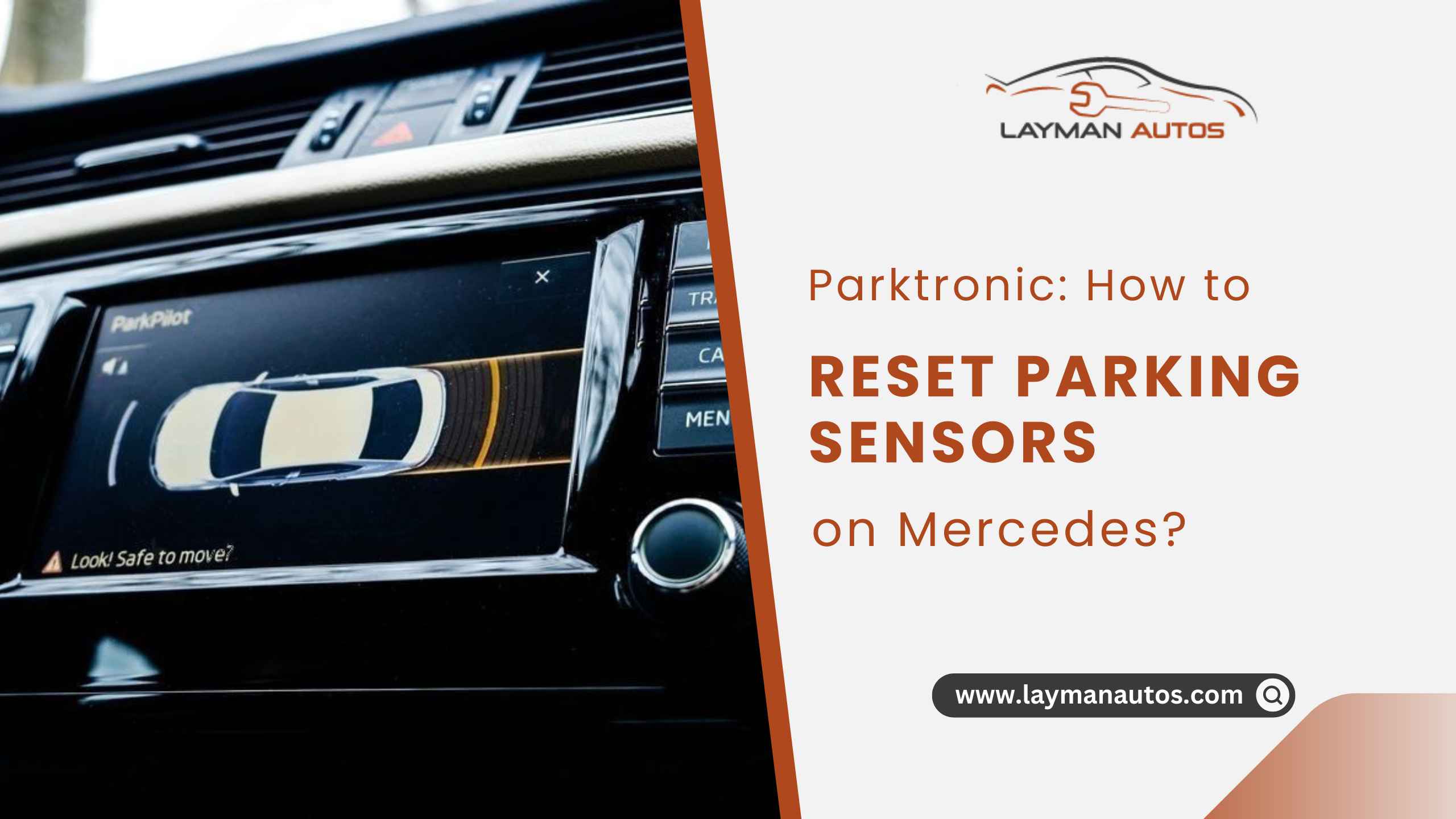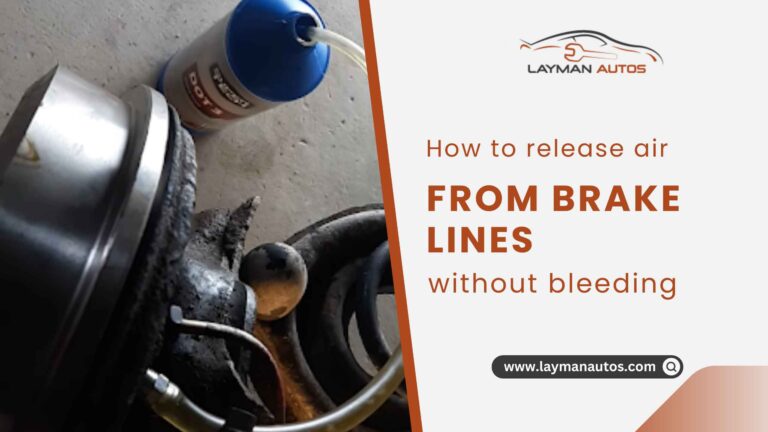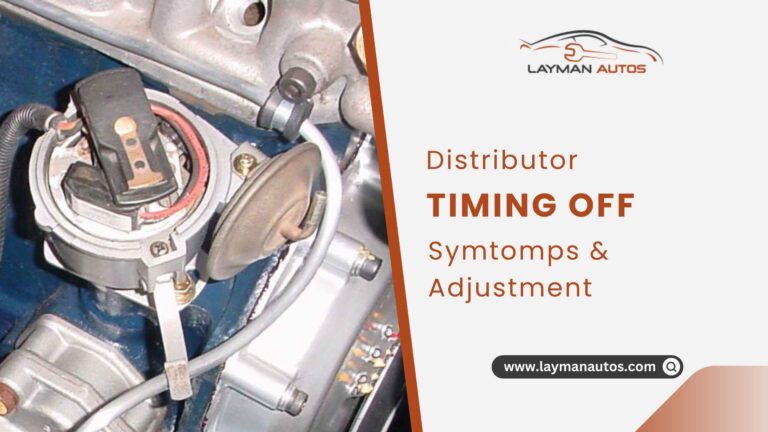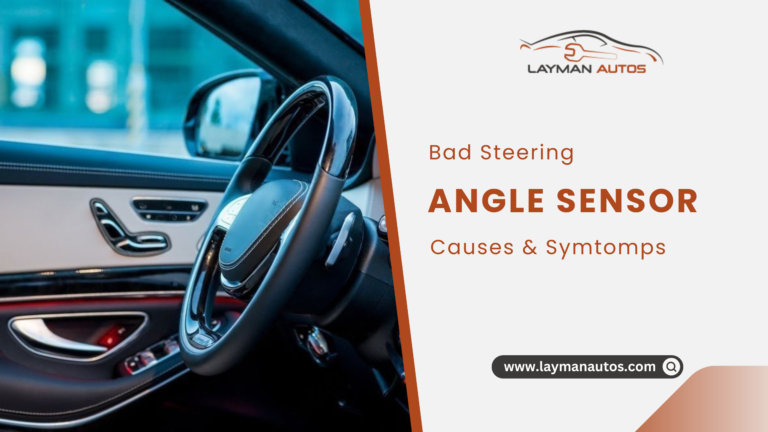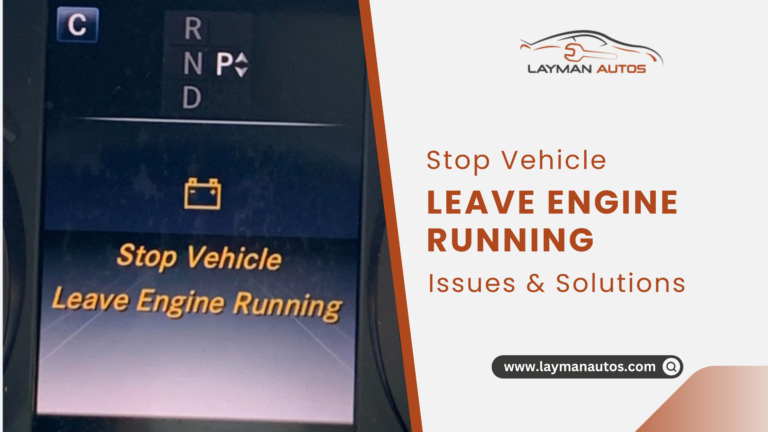ParkTronic: How To Reset Parking Sensors On Mercedes?
If you own a Mercedes and need to reset the parking sensors, here’s an easy way to find out how to reset parking sensors on Mercedes. If that is what you are looking for, you have found the ideal resource.
To return the parking sensors to factory settings in your Mercedes, please read this article in its entirety. Let’s go on to the rest of the article’s content now, so keep reading!
What is the Purpose of Parking Sensors?
Numerous automakers have used parking sensors to aid their customers with parallel parking. This technology is helpful since it warns you if there are obstacles or other vehicles behind you, making parking much simpler.
Recent vehicles, without a doubt, have an array of cutting-edge technology and innovations designed to enhance the driving experience in terms of security, luxury, and ease of use. One such example is the widespread interest in parking sensor technology among automobile owners.
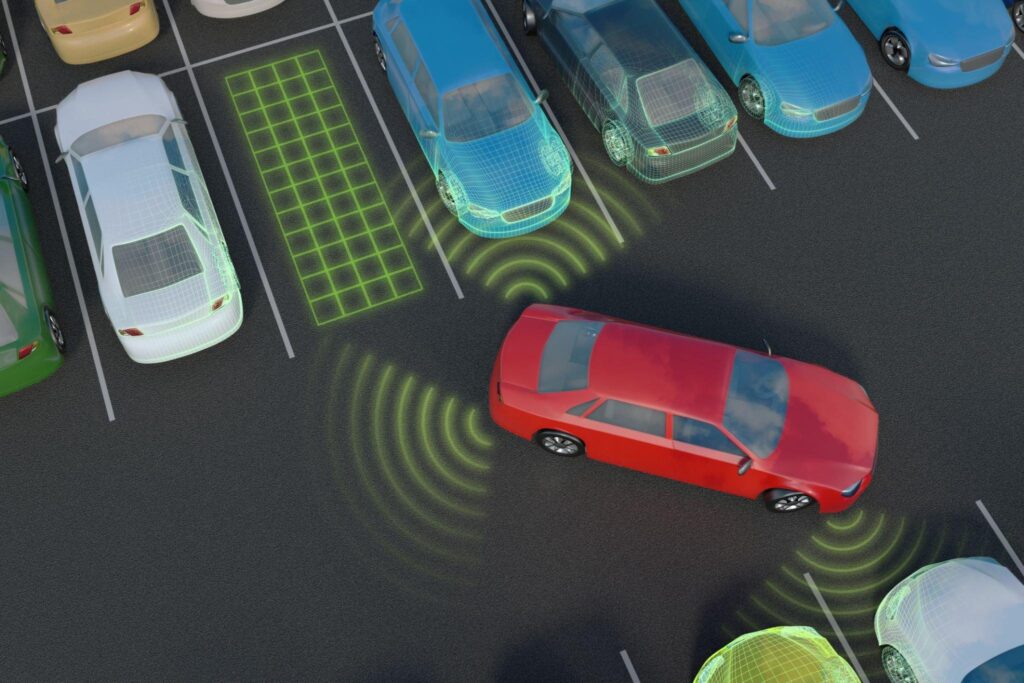
A parking sensor often called a reverse sensor, is a small electrical device mounted to a vehicle’s back bumper. In the event that another vehicle or object is coming from behind, this device can alert the driver in time to avoid a collision.
Parking sensors, as its name implies, function to sound an alarm if they detect an obstacle or vehicle approaching from behind. Usually, you’ll find this sensor mounted on the car’s front or back bumper.
This parking sensor technology also serves to avoid potential crashes with other vehicles or stationary objects. This sensor will alert the driver to a sound that increases in volume as the vehicle gets closer to obstacles.
Where is the Parking Sensor Located?
So, what exactly are parking sensors? There are sensors installed on the bumpers of modern automobiles to aid the driver in parallel parking. They detect how near the vehicle is getting to whatever is in front of it or behind it and sound an alarm if the driver gets dangerously close.
Potential Causes for the Parking Sensor’s Malfunction.
Parking sensors are an excellent technology that facilitates the safe and efficient parking of automobiles. But it appears to be quite challenging to identify the issue or what is wrong with them, and even more challenging to remedy the situation.
It’s conceivable that Mercedes’s parking sensors are malfunctioning because of a buildup of dirt and grime, a snag in the wire, or a loose connection. An imperfect parking sensor is another possible cause.
However, you may begin troubleshooting by clearing any dirt or debris from the sensors. Sensor maintenance also includes using a multimeter to examine the electrical current.
Issues Related to Parking Sensors
- Contact corrosion; water seepage from holes in the housing;
- Electronics malfunctioning in the sensor;
- Pollution of the parking sensor’s sensitive surface;
- Accident or collision causing mechanical malfunction of the sensor;
- Dirt and chemicals, which are common culprits in causing damage to wire (particularly in the front sensors);
- The flaw in the parking sensor’s construction or poor quality (most often aftermarket, fake).
If any of the sensors in the Parktronic system are broken, the system will either not operate at all or will continually beep, giving out misleading indications. A parking sensor error may appear on the screen if the sensor cables are accidentally severed, which is more likely to happen in wet conditions.
There’s also the possibility that the car owner mistook the color of the bumper or debris on the sensor’s working area as the cause of the problem.
Cost to Replace a Parking Sensor
The cost to replace a parking sensor is between $500 – $1300 per bumper. The cost of a visual camera might range from $500 to $1100, depending on how many targets you’ve already hit. Sometimes windshields are more difficult to replace than expected.
Take into account that there are already a plethora of parking sensor systems available, each with its own unique features and benefits. Your choices will be limited by the grade and kind of sensor you’re looking to purchase.
Any store will charge between Twenty Thousand Dollars and Two Hundred Thousand Dollars to replace your parking sensors. Installing the system may incur labor costs, and you may also need to buy new paint for the bumper and the sensors.
How to Reset Parking Sensors on Mercedes

In order to help you park, parking sensors may scan for obstructions both behind and in front of your vehicle. Further, you may safely maneuver your vehicle into restricted areas.
Mercedes parking sensors may be reset by removing the car’s fuse and letting it sit for 30 minutes. Assuming you wait around for thirty minutes, you can trust the parking sensors.
However, the fuse box is located between the two steering wheels on the driver’s side, so you’ll need to check for a little seam in that area. Alternatively, you may use a screwdriver or pry bar to pry up the dashboard gap and access the fuse box within.
To help you remember, these parking sensors employ ultrasonic technology to create a cone of sound behind your vehicle. It ricochets off of anything in its path behind you and promptly returns to the sensor.
A Recommendation for Disabling the Mercedes-Benz Parking Sensor
Simply pressing the parking sensor button will switch off the parking sensors in your Mercedes. In addition to turning the sensor on and off, the button may be used to switch between its many modes.
To avoid damaging the front fascia, turn on the parking sensors before pulling into a straight-ahead parking spot. That is, provided your car is equipped with the optional front sensors; otherwise, don’t worry.
Mercedes Front Parking Sensor Beeping
In the case of your Mercedes, the front parking sensor keeps beeping because it has become covered in dirt or snow. If you want it to stop beeping because of the dirt or snow on it, you’ll need to wipe it off.
There might be an electrical problem interfering with the system if the sensor’s warning keeps sounding. In such a situation, you should get the vehicle inspected at a local auto lot you are already familiar with.
Time Required for Parking Sensor Calibration
Calibration of parking sensors is one of those few instances where the repair service provider can do the job. Many additional sensors are suitable for any or both of these processes, while others need the car to be driven outside for an extended period of time.
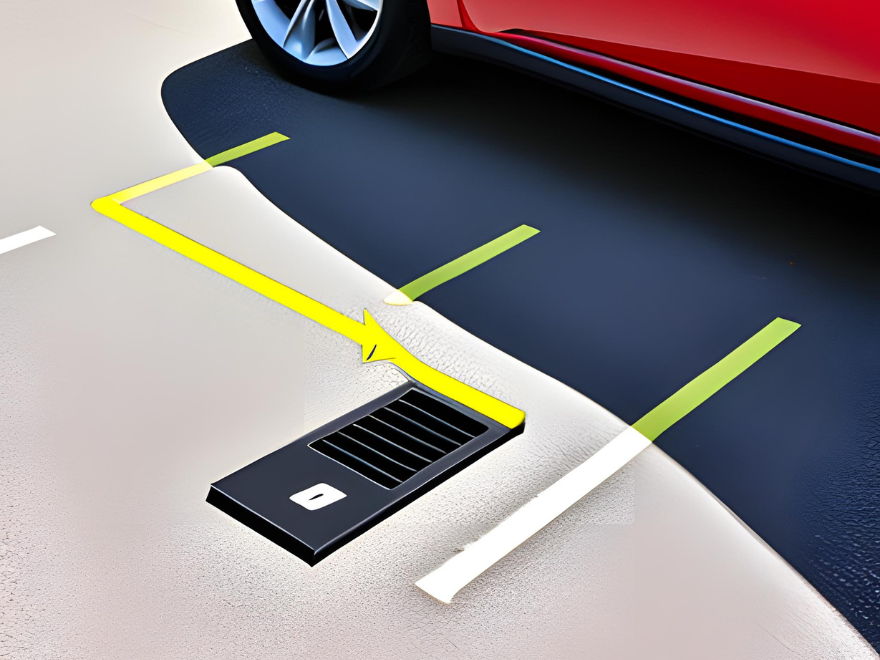
The time required varies from roughly 15 minutes to as much as an hour, depending on the vehicle and the sensors it uses. How long it takes to calibrate an automobile is highly dependent on its individual needs.
Frequently Asked Questions
What Are the Steps to Repairing a Parking Sensor?
Cleaning the sensors is the first step in repairing a malfunctioning parking sensor or resolving the problem of the sensors not working. Then, use a multimeter to test the electric current to see whether it is the malfunctioning parking sensor.
A parking sensor technician should be consulted for both diagnosis and repair. The expert will either fix it or replace the defective parking sensor promptly.
Do Parking Sensors That Aren’t Working Result in an MOT Failure?
Even if your parking sensors malfunction, they will not be flagged as a problem during your MOT because they are not a testing component. However, the automobile will not work if the parking sensor is broken, which might explain why the reverse light isn’t working.
Keep in mind that these sensors are meant to aid the driver in smoothly parking the car. Since defective parking sensors cannot be checked with the MOT, they need to be repaired immediately.
How do I know which parking sensor is faulty?
The ultrasonic parking sensors may be tested in four ways: manually, with a smartphone, with a dedicated electronic tester, or with a specialized electronic fault scanner.
Conclusion
In sum, if you want to learn How to Reset Parking Sensors on Mercedes, then first you should disconnect the fuse and let the car rest for around half an hour. Assuming you wait around for thirty minutes, you can trust the parking sensors.
However, the fuse box is located between the two steering wheels on the driver’s side, so you’ll need to check for a little seam in that area. Alternatively, you may use a screwdriver or pry bar to pry up the dashboard gap and access the fuse box within.

